THE TRUTH OF CONSEQUENCES: DANZIGER BRIDGE CONVICTIONS TOSSED FOR EGREGIOUS PROSECUTORIAL MISCONDUCT
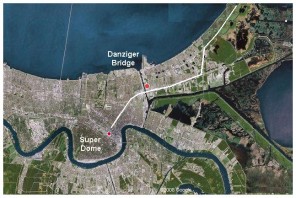 The fall-out from the astonishing and outrageous misconduct (discussed previously here) in the United States Attorney’s Office in New Orleans continues. And this time, there are significant consequences. As reported here, and here, the serious criminal convictions of five New Orleans police officers were overturned on Tuesday, and a new trial ordered, for what the presiding federal judge described as “bizarre and appalling,” “deliberate and especially egregious,” “grotesque prosecutorial misconduct.” The Order, in its entirety, is absolutely essential reading for those concerned with prosecutorial misconduct and its implications for our criminal justice system. The entire order is here.
The fall-out from the astonishing and outrageous misconduct (discussed previously here) in the United States Attorney’s Office in New Orleans continues. And this time, there are significant consequences. As reported here, and here, the serious criminal convictions of five New Orleans police officers were overturned on Tuesday, and a new trial ordered, for what the presiding federal judge described as “bizarre and appalling,” “deliberate and especially egregious,” “grotesque prosecutorial misconduct.” The Order, in its entirety, is absolutely essential reading for those concerned with prosecutorial misconduct and its implications for our criminal justice system. The entire order is here.
Federal District Judge Kurt Engelhardt found that federal prosecutors Sal Perricone, Jan Mann, Karla Dobinski posted anonymously on various web sites in order to infect and taint the jury pool into assuming the guilt of those charged. Subsequently, those same US attorneys and others engaged in a conspiracy to cover-up (from the Court’s own inquiries no less) much of that (and more) outrageous activity. This conduct, the Judge wrote:
“illustrates the diseased root that unfortunately casts an ineradicable taint on these convictions….The government’s actions, and initial lack of candor and credibility thereafter, is like scar tissue that will long evidence infidelity to the principles of ethics, professionalism, and basic fairness and common sense necessary to every criminal prosecution, wherever it should occur in this country.”
The convictions stemmed from a September 4, 2005, incident in the aftermath of Hurricane Katrina, commonly referred to as the “Danziger Bridge” case. Responding to distress calls in the chaos that ensued after Katrina, officers arrived at the bridge and began shooting, allegedly in response to gun fire by civilians. As reported by the Times-Picayune,
[s]eventeen-year-old James Brissette was killed, and four others — Jose Holmes, 19; his aunt, Susan Bartholomew, his uncle, Leonard Bartholomew III, and a teenage cousin, Lesha Bartholomew - were wounded. Two brothers, Lance and Ronald Madison, were walking on the bridge, and when they heard the gunfire began to run. The officers chased the brothers down, and injured Ronald, who was later fatally shot in the back as he tried to run away. Lance Madison was arrested and accused of firing at police.
In the aftermath of the shooting, New Orleans police officers undertook a large-scale conspiracy to cover-up the incident and obstruct justice. After a failed state-court prosecution, the Department of Justice took the case to federal court and obtained civil rights and other convictions against five New Orleans police officers. Sentences ranged from 6 years, for Arthur Kaufman, who was involved only in the subsequent cover-up after being tapped to investigate the shooting, to as high as 65 years for one officer, Robert Faulcon, who shot Ronald Madison in the back. The other three defendants were sentenced to 38, 40, and 40 years respectively – significant sentences which included consecutive terms as a measure of the seriousness of the underlying crimes.
Three prior federal plea agreements with other officers resulted in additional convictions and provided the prosecutors with significant evidence of a cover-up. It cannot be gainsaid that the police actions at Danziger Bridge were heinous and deserved serious and honest prosecution to punish those officers who would indiscriminately violate the rights of U.S. citizens and then conspire to cover-up their malfeasance.
Indeed, Judge Engelhardt writes that it “is all the more astonishing” that the government would resort to such obscene and unethical tactics in this case, which “started as one featuring allegations of brazen abuse of authority, violation of law, and corruption of the criminal justice system,” the very same issues that now require the Court to Order the extreme remedy of a new trial.
And Judge Engelhardt’s catalog of outrageous mob-like activities of prosecutors and FBI agents in this case – stretching far wider than the Court, admittedly, has thus far determined – is shocking. The litany of misconduct includes the aforementioned prejudicial and inflammatory “anonymous” web postings; illegal leaking of information, both within and outside the government; other violations of the individual and collective defendants’ due process rights including possible subornation of perjury and coercive manipulation of cooperating witness testimony; and repeated obfuscations and lies by government officials to the Court itself as it endeavored to get to the bottom of the misconduct. And it is exactly because this case is so “serious” — a “high stakes trial” as the Court repeatedly notes — that the evidence of the misconduct involved in the prosecution must be exposed, and consequences meted out. As summed up by Judge Engelhardt:
While fully appreciating the horrific events of September 4, 2005, and those who tragically suffered as a result, the Court simply cannot allow the integrity of the justice system to become a casualty in a mere prosecutorial game [by any means necessary]…. The public must have absolute trust and confidence in this process. Re-trying this case is a very small price to pay in order to protect the validity of the verdict in this case, the institutional integrity of this Court, and the criminal justice system as a whole.
And lest there be any doubt, the blame for this travesty lies solely with the Department of Justice and its employees, those who have sworn to uphold the law and whose “obligation[s] in a criminal prosecution [are] not that it shall win a case, but that justice shall be done.”
This story is nowhere near its end. The evidence and chronology recounted in the Order demonstrate conclusively that the Department of Justice is in denial as to the significance of the misconduct in this case. Sadly, that is nothing new.
The perpetually ineffectual Office of Professional Responsibility within the Department is “apparently” conducting its own investigation – but that report, whenever it is issued, is likely to be toothless. There is no evidence that the State or Federal Court Bars have gotten involved by initiating their own independent disciplinary investigations - one can hope that something happens on that front.
Of course, the government can appeal this Order to the Fifth Circuit and attempt to reinstate the tainted convictions and then claim that it has thereby “absolved” its prosecutors. Given the Fifth Circuit’s recent and lame record in addressing prosecutorial misconduct, the government might even win. Hopefully, not. Judge Engelhardt has written a powerful order with damning findings and substantial legal support. The Order is based only on the evidence currently before him. The various Assistant United States Attorneys are already on record with conflicting stories.
An appeal would only delay the inevitable and likely cause more pain, or what the Court calls “collateral damage” to the Department by forcing the issue. In addition, other issues related to jury composition or other malfeasance might ultimately, and independently require a new trial. Even assuming the prosecution could persuade the Fifth Circuit to reverse this new trial Order, on remand to the District Court, Judge Engelhardt could, and likely would order a full-blown hearing on a renewed motion for new trial, in which case all manner of government misconduct would be introduced and further exposed. Based on revelations contained in this report, the misconduct is likely far wider and far more egregious than anyone can predict. Stay tuned.
Meanwhile, Judge Engelhardt is now on our Wall of Fame.
TEL


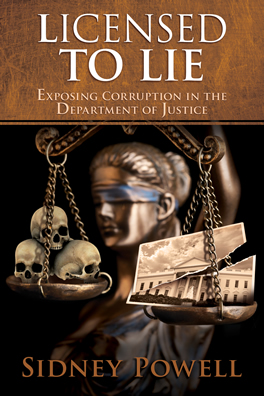
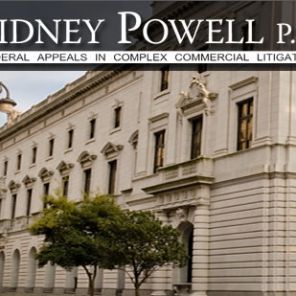
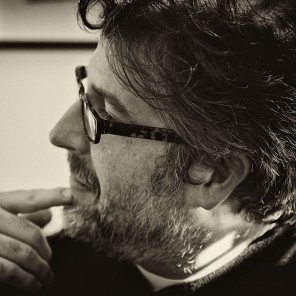
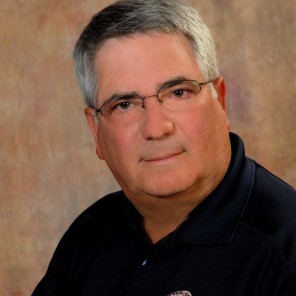





Comments are closed.